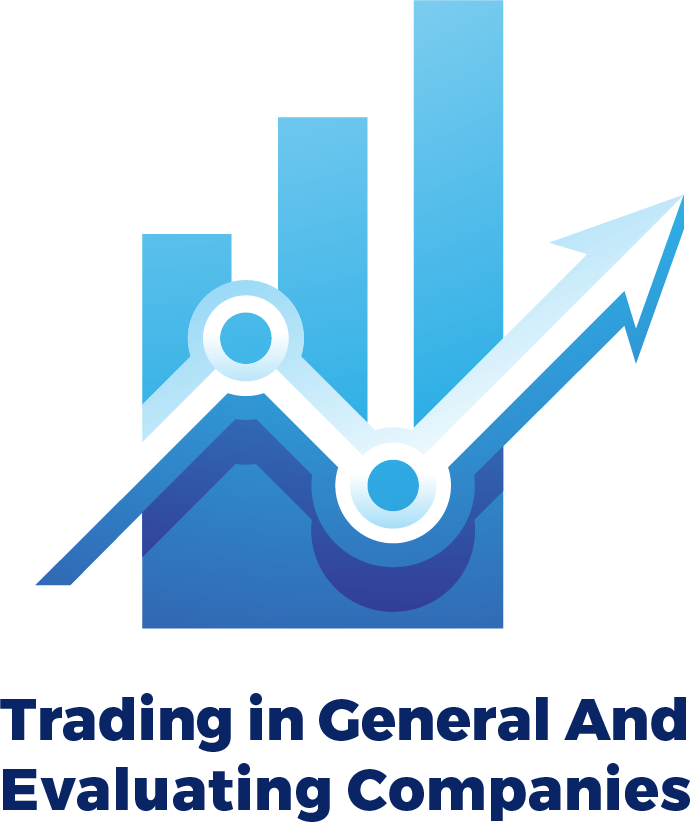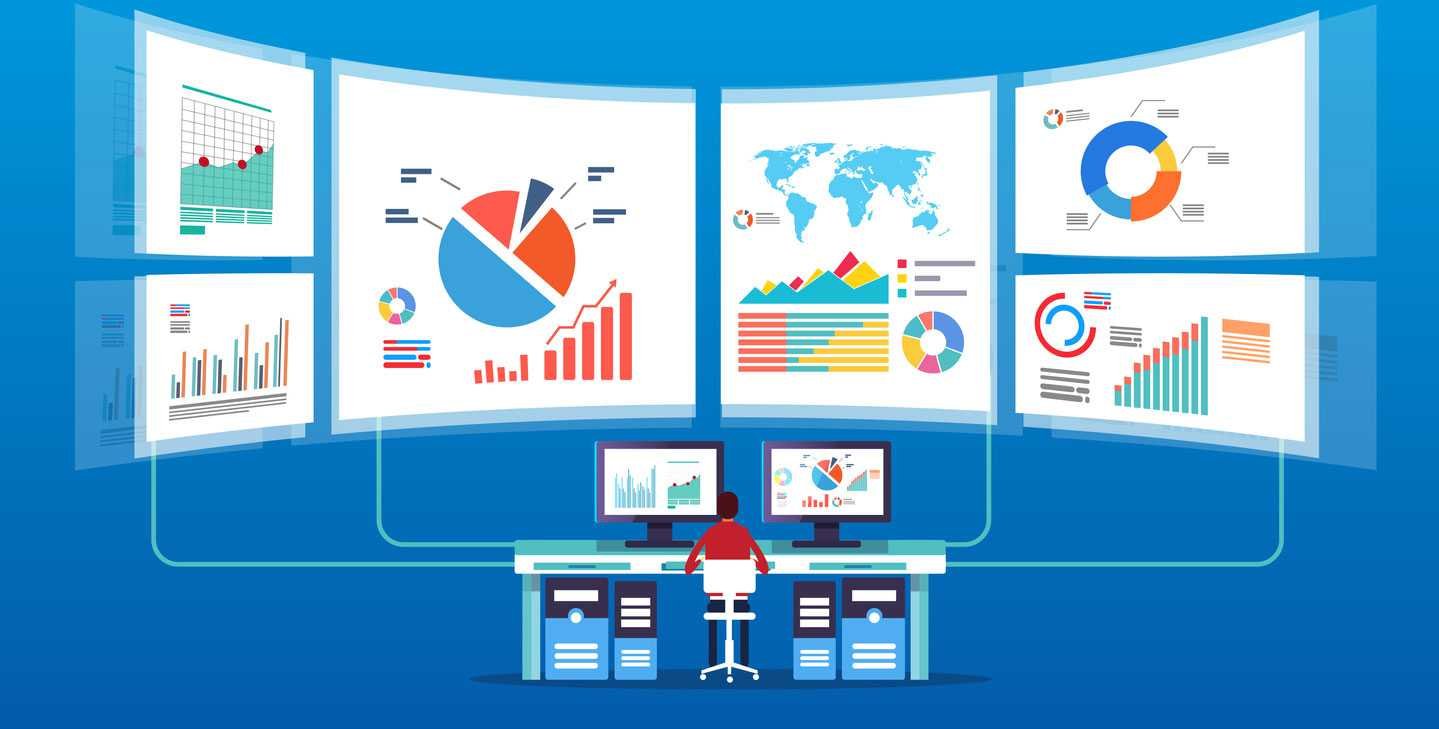The proliferation of digital technologies has revolutionized the way data analyst is collected, analyzed, and utilized across industries. In tandem with this shift, the demand for skilled data analysts who can derive insights from complex datasets has soared.
This introduction explores the landscape of work from home analyst jobs, shedding light on the opportunities, challenges, and significance of remote data analysis roles in today’s digital economy.
Role of a Data Analyst

Data analysts play a critical role in organizations by translating complex datasets into actionable insights that inform strategic decision-making.
Their responsibilities encompass a range of tasks aimed at extracting, cleaning, analyzing, and interpreting data to identify trends, patterns, and correlations. Here are key aspects of the role of a data analyst:
Data Collection:
Data analysts gather data from various sources, including databases, spreadsheets, APIs, and external sources. They ensure data accuracy, completeness, and relevance to the analysis objectives.
Data Cleaning and Preparation:
Data often comes in disparate formats and may contain errors or inconsistencies. Data analysts clean and preprocess the data, removing duplicates, handling missing values, and transforming data into a usable format for analysis.
Data Analysis:
Using statistical techniques, data analysts analyze datasets to extract meaningful insights and identify trends. They employ tools such as descriptive statistics, regression analysis, clustering, and machine learning algorithms to uncover patterns and relationships within the data.
Data Visualization:
Data analysts visualize their findings using charts, graphs, dashboards, and other visualization techniques. Visualizations help stakeholders understand complex data patterns and make informed decisions based on insights derived from the analysis.
Interpretation and Reporting:
Data analysts interpret the results of their analysis and prepare reports or presentations to communicate findings to stakeholders. They provide insights, recommendations, and actionable strategies based on the analysis to support business objectives.
Continuous Improvement:
Data analysts continuously refine their analytical processes, exploring new methodologies, tools, and techniques to enhance the accuracy and efficiency of their analyses. They stay updated on industry trends, best practices, and emerging technologies in analysis.
Collaboration:
Data analysts collaborate with cross-functional teams, including business stakeholders, data engineers, software developers, and decision-makers. They work closely with stakeholders to understand business requirements, define analysis objectives, and align analytical efforts with organizational goals.
Problem-Solving:
Data analysts are adept problem-solvers who approach complex business challenges with analytical thinking and creativity. They use data-driven insights to address business problems, optimize processes, and drive organizational growth.
Overall, analysts play a pivotal role in leveraging data to drive informed decision-making and business success. Their analytical skills, attention to detail, and ability to derive actionable insights from data make them indispensable assets to organizations across industries.
Industries and Sectors Hiring Data Analysts

- Finance and Banking: Financial institutions utilize analysts to analyze market trends, customer behavior, and investment performance. analysts in this sector help identify opportunities for growth, assess risk, and optimize financial strategies.
- Healthcare and Pharmaceuticals: Healthcare organizations rely on data analysts to analyze patient data, clinical outcomes, and medical research. analysts help improve patient care, optimize healthcare delivery, and support medical research initiatives.
- Marketing and Advertising: Marketing agencies and companies hire data analysts to analyze consumer demographics, campaign performance, and market trends. analysts help optimize marketing strategies, target specific customer segments, and measure the effectiveness of advertising campaigns.
- E-commerce and Retail: E-commerce platforms and retail companies employ data analysts to analyze sales data, customer behavior, and inventory management. analysts help optimize product recommendations, pricing strategies, and supply chain operations.
- Technology and Software Development: Technology companies leverage analysts to analyze user behavior, product usage patterns, and software performance. analysts support product development, enhance user experience, and drive innovation through data-driven insights.
- Telecommunications: Telecommunications companies use data analysts to analyze network performance, customer usage patterns, and subscriber behavior. analysts help optimize network infrastructure, improve service quality, and identify opportunities for revenue growth.
- Manufacturing and Supply Chain: Manufacturing companies employ analysts to analyze production data, supply chain efficiency, and inventory management. analysts help optimize manufacturing processes, reduce operational costs, and improve product quality.
- Government and Public Sector: Government agencies hire data analysts to analyze demographic data, public health statistics, and economic indicators. analysts support policy development, program evaluation, and decision-making in areas such as healthcare, education, and public safety.
- Consulting and Professional Services: Consulting firms and professional services organizations utilize data analysts to analyze market research data, client performance metrics, and industry trends. Data analysts help clients make data-driven decisions, solve business challenges, and achieve strategic objectives.
- Energy and Utilities: Energy companies and utilities employ data analysts to analyze energy consumption patterns, infrastructure performance, and environmental impact data. Data analysts help optimize energy production, improve resource efficiency, and reduce environmental footprint.
These are just a few examples of industries and sectors that hire data analysts to leverage data for decision-making, problem-solving, and strategic planning. The demand for analysts continues to grow across diverse industries as organizations recognize the value of data-driven insights in driving business success.
Remote Tele Calling Jobs: Work From Home
Tools and Technologies Used in Data Analysis
- Statistical Analysis Software: Statistical analysis software such as R, Python (with libraries like NumPy, pandas, and SciPy), and SAS are commonly used for performing statistical analysis, hypothesis testing, and predictive modeling on large datasets.
- Data Visualization Tools: Data visualization tools like Tableau, Power BI, and Google Data Studio allow analysts to create interactive charts, graphs, and dashboards to visualize and communicate insights derived from data analysis.
- Database Management Systems (DBMS): Database management systems such as SQL Server, MySQL, and PostgreSQL are essential for storing, retrieving, and manipulating structured data. Data analysts use SQL (Structured Query Language) to query databases and perform data manipulation tasks.
- Big Data Technologies: Big data technologies like Apache Hadoop, Apache Spark, and Apache Hive enable data analysts to process and analyze large volumes of structured and unstructured data distributed across clusters of computers.
- Machine Learning and Predictive Analytics Tools: Machine learning frameworks like TensorFlow, scikit-learn, and PyTorch enable analysts to build and deploy machine learning models for predictive analytics, classification, regression, and clustering tasks.
- Excel and Google Sheets: Spreadsheet software like Microsoft Excel and Google Sheets are widely used by data analysts for data entry, basic data manipulation, and exploratory data analysis (EDA). Excel’s built-in functions and pivot tables are commonly used for quick data analysis and reporting.
- Data Mining Tools: Data mining tools such as RapidMiner, KNIME, and Weka are used for discovering patterns, associations, and trends in large datasets through techniques like clustering, classification, and association rule mining.
- Text Analysis and Natural Language Processing (NLP) Tools: Text analysis and NLP tools like NLTK (Natural Language Toolkit), spaCy, and Gensim enable analysts to analyze and extract insights from unstructured text data, including sentiment analysis, topic modeling, and named entity recognition.
- Cloud Computing Platforms: Cloud computing platforms such as Amazon Web Services (AWS), Microsoft Azure, and Google Cloud Platform offer scalable infrastructure and services for storing, processing, and analyzing data in the cloud. analysts use cloud-based tools and services for big data processing, data warehousing, and advanced analytics.
- Version Control Systems: Version control systems like Git and GitHub are used by analysts for collaborative development, tracking changes to code and scripts, and managing project workflows in data analysis projects.
These tools and technologies empower data analysts to perform a wide range of analysis tasks efficiently and effectively, enabling them to derive valuable insights and drive informed decision-making in organizations.
Finding Data Analyst Jobs

Finding data analyst jobs requires a strategic approach that involves leveraging various resources and channels to identify opportunities aligned with one’s skills and career goals. Online job boards and career websites, such as Indeed, LinkedIn, and Glassdoor, are valuable platforms for browsing and applying to analyst job postings from a wide range of companies and industries.
Networking with professionals in the field through industry events, meetups, and online communities can also uncover hidden job opportunities and provide valuable insights into the job market. Additionally, engaging with recruitment agencies, attending career fairs, and exploring company career pages can lead to potential job openings and connections with hiring managers. Freelancing platforms and remote job boards offer opportunities for remote analyst positions, allowing individuals to work flexibly from anywhere.
By actively seeking out opportunities and showcasing their skills and experience through resumes, portfolios, and professional profiles, aspiring data analysts can increase their chances of finding rewarding job opportunities in the competitive field of analysis.
Conclusion
In conclusion, the landscape of data analyst jobs has expanded to accommodate remote work arrangements, providing individuals with opportunities to pursue rewarding careers from the comfort of their homes.
The shift towards remote analyst roles has been accelerated by advancements in technology, changing workforce dynamics, and the increasing demand for data-driven insights across industries.
Other Questions
- What are data analyst jobs work from home?
Data analyst jobs work from home involve analyzing data remotely to derive insights and inform decision-making, typically using statistical software and data visualization tools.
- How can individuals find data analyst jobs to work from home?
Individuals can find data analyst jobs to work from home through online job boards, networking, freelance platforms, and company career pages.
- What tools and technologies are used in remote data analyst roles?
Tools and technologies commonly used in remote data analyst roles include statistical analysis software (e.g., R, Python), data visualization tools (e.g., Tableau, Power BI), and database management systems (e.g., SQL).




